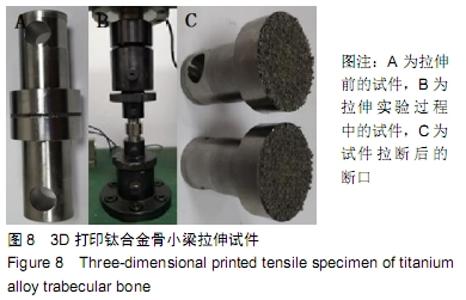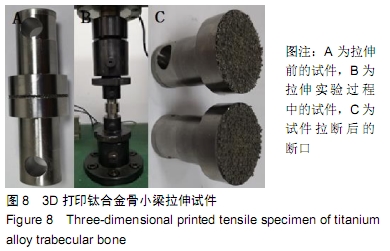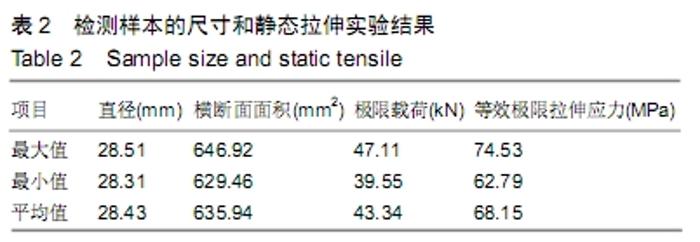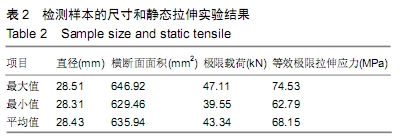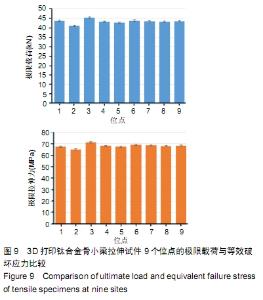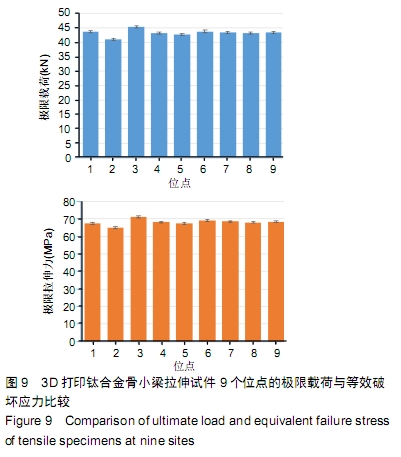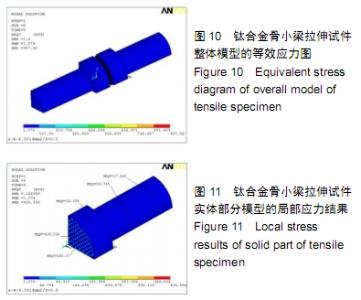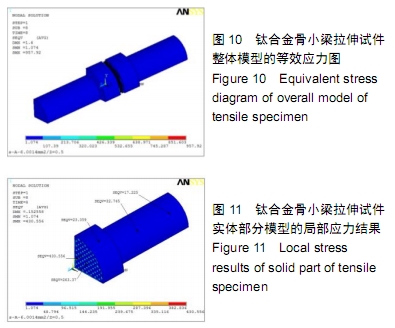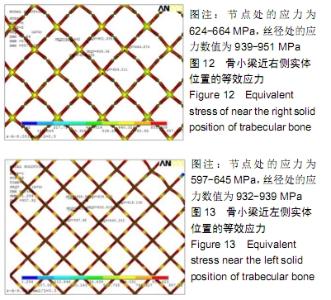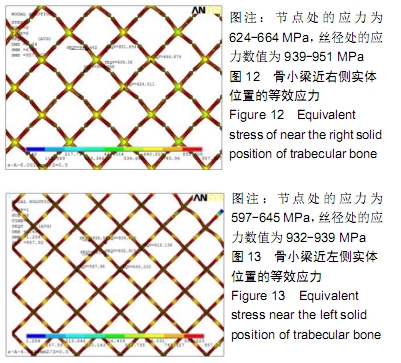[1] 王若云.钛合金Ti6Al4V表面Zn掺杂ZrO_2/TiO_2复合涂层的制备、生物学行为及耐蚀性能的研究[D].太原:太原理工大学, 2017.
[2] 吴利苹,邹善方,刘睿诚,等.钛及钛合金3D打印医用产品的生物安全性[J].中国组织工程研究,2018,22(34):5559-5564.
[3] 侯乐干.医用多孔钛基金属材料制备及性能研究[D].哈尔滨:哈尔滨工程大学,2013.
[4] 任鑫明,马北越,张博文,等.多孔钛及钛合金的研究进展[J].稀有金属与硬质合金,2018,46(1):61-64,75.
[5] 于振涛,余森,张明华,等.外科植入物用新型医用钛合金材料设计、开发与应用现状及进展[J].中国材料进展,2010,29(12):35-51.
[6] 金旭丹,杨晓康,魏芬绒,等.医用钛及钛合金表面改性材料与技术研究进展[J].世界有色金属,2018,21(7):265-266,268.
[7] 魏芬绒,王海,金旭丹,等.生物医用钛合金材料及其应用[J].世界有色金属,2018,21(2):260-262.
[8] 于振涛,余森,程军,等.新型医用钛合金材料的研发和应用现状[J].金属学报,2017,53(10):1238-1264.
[9] 于杰,朱明康,闻明,等.新型医用钛合金材料的研究进展[J].昆明理工大学学报(自然科学版),2017,42(3):16-22.
[10] 王峥.多孔钛合金生物材料的孔隙特征与性能研究[D].长春:吉林大学,2007.
[11] 王中汉,王辰宇,刘贺,等.3D打印钛合金孔隙支架骨长入影响因素的分析[J].中国组织工程研究,2016,20(52):7821-7828.
[12] 张玲,李凯,潘庆,等.仿真“骨小梁”牙种植体的生物力学特征[J].中国组织工程研究,2017,21(26):4137-4142.
[13] 李德源,陈海斌.松质骨内液体渗透率实验测试和理论预测[J].重庆师范大学学报(自然科学版), 2001,18(2):19-22.
[14] 陈宇.基于激光三维打印的类骨小梁多孔钛种植体的设计及其体内成骨效应研究[D].重庆:重庆医科大学,2017.
[15] 杨伽捷,朱裕昌,杨春喜.多孔金属骨组织支架的研究进展[J].实用骨科杂志,2018,24(2):148-152.
[16] 吴天琦,杨春喜.可用于骨修复的3-D打印多孔支架研究进展[J].中国修复重建外科杂志,2016,30(4):509-513.
[17] 刘时兵.生物工程用新型低弹性模量钛合金材料研究[D].北京:机械科学研究院,2005.
[18] 周梦,成艳,周晓晨,等.基于增材制造技术的钛合金医用植入物[J].中国科学:技术科学,2016,46(11):1097-1115.
[19] 杨海欧,林鑫,陈静,等.激光成形制备生物医用钛合金材料研究进展[J].铸造技术,2011,32(10):1431-1434.
[20] 贾建刚,井勇智,高昌琦,等.骨移植多孔钛材料制备方法与发展概况[J].中国有色金属学报,2019,29(6):1187-1197.
[21] EL-HAJJE A, KOLOS EC, WANG JK, et al. Physical and mechanical characterisation of 3D-printed porous titanium for biomedical applications.J Mater Sci Mater Med. 2014;25(11): 2471-2480.
[22] 孙允龙,康红磊,林坷升,等.基于选区激光熔融技术制备的多孔钛合金支架的力学性能及成骨能力评价[J].生物骨科材料与临床研究,2019,16(2):1-5.
[23] NOVER AB,LEE SL,GEORGESCU MS,et al.Porous titanium bases for osteochondral tissue engineering.Acta Biomater. 2015;(27):286-293.
[24] 刘安. 3D打印骨科内植物在兔膝关节损伤修复中的实验研究[D].杭州:浙江大学,2017.
[25] 赵立明.3D打印钛合金骨小梁骨干假体在山羊体内骨长入的实验研究[D].天津:天津医科大学,2017.
[26] VAN BAEL S,CHAI YC,TRUSCELLO S,et al.The effect of pore geometry on the in vitro biological behavior of human periosteum-derived cells seeded on selective laser-melted Ti6Al4V bone scaffolds.Acta Biomater.2012;8(7):2824-2834.
[27] 王中汉. 3D打印钛合金微孔支架/可注射性水凝胶复合体系对骨缺损修复机制的研究[D].长春:吉林大学,2018.
[28] AMIN YAVARI S, JOHAN VDS, CHAI YC, et al. Bone regeneration performance of surface-treated porous titanium. Biomaterials.2014;35(24):6172-6181.
[29] 刘畅,王辰宇,刘贺,等.3D打印Ti6Al4V钛合金支架的力学性能及生物相容性[J].中国有色金属学报,2018,28(4):758-765.
[30] 胡如印.3D打印多孔钛金属骨小梁髋臼杯的临床应用、体内基础研究与生物力学研究[D].南宁:广西医科大学,2018.
|
